Soil Erosion Control: Protecting Forests and Watersheds
- September 9, 2024
- 0 comment
Soil erosion is a natural process that can have significant impacts on forest ecosystems, leading to the loss of fertile topsoil, reduced water quality, and diminished biodiversity. In forested areas, soil plays a crucial role in maintaining ecosystem health, serving as the foundation for vegetation, filtering water, and providing nutrients essential for plant growth. The stability of watersheds, which are critical for sustaining rivers, streams, and lakes, is closely tied to the integrity of forest soils. Erosion control is therefore vital for protecting natural resources, preserving forest health, and ensuring the stability of watersheds.
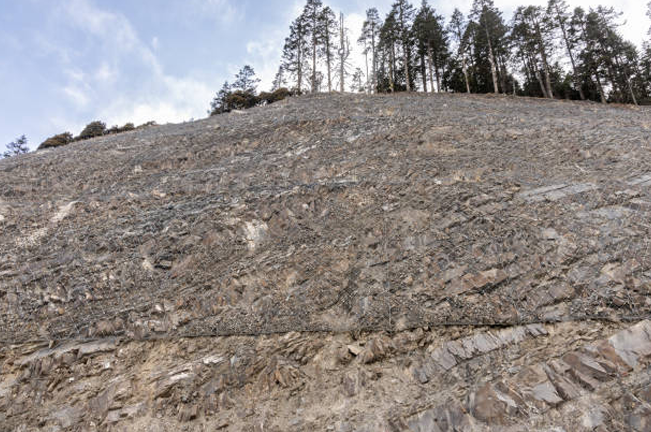
Table of Content
- Understanding Soil Erosion in Forests
- The Role of Watersheds in Forest Health
- Best Practices for Soil Erosion Control in Forests
- Techniques for Watershed Protection and Management
- The Impact of Climate Change on Soil Erosion and Watersheds
- Policy and Legislation Supporting Erosion Control
- Future Directions in Soil Erosion Control and Watershed Protection
- FAQs
Understanding Soil Erosion in Forests
Soil erosion in forests can be triggered by various human activities, including logging, agriculture, and construction. Logging operations, for instance, can disturb the soil, making it more susceptible to erosion. Agricultural practices that involve the clearing of land and tilling can also contribute to soil loss, while construction activities can exacerbate the problem by compacting soil and disrupting natural drainage patterns.
There are several types of soil erosion commonly observed in forests. Sheet erosion occurs when a thin layer of soil is removed over a large area, often unnoticed until significant damage has occurred. Rill erosion is characterized by the formation of small channels on the soil surface, while gully erosion involves the development of larger, deeper channels that can severely degrade the landscape. These forms of erosion can lead to the loss of nutrient-rich topsoil, reduced plant growth, and a decline in forest biodiversity.
The Role of Watersheds in Forest Health
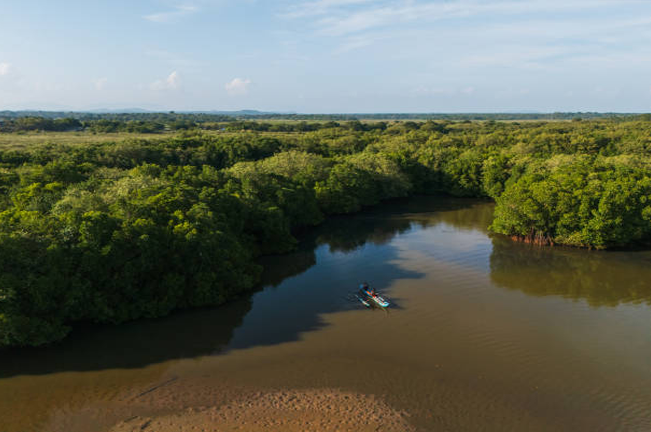
Watersheds, the land areas that drain into a common water body, play a crucial role in forest ecosystems by collecting, filtering, and distributing water. Healthy watersheds ensure that forests receive adequate water supply, support aquatic habitats, and contribute to overall ecosystem stability. However, when soil erosion occurs, it can disrupt watershed function, leading to increased sedimentation in water bodies, reduced water quality, and altered flow patterns.
The connection between healthy soils and watershed protection is clear: soils that are well-protected from erosion help maintain the integrity of watersheds. By preventing soil loss, forests can continue to serve as natural filters, ensuring that water remains clean and available for plants, animals, and human use.
Best Practices for Soil Erosion Control in Forests
To combat soil erosion in forests, a combination of vegetative and structural measures can be employed. Vegetative measures, such as reforestation, involve planting trees and other vegetation to stabilize the soil. Cover crops and buffer strips can also be used to protect soil from the impact of rainfall and runoff. These practices not only reduce erosion but also enhance soil fertility and biodiversity.
Structural measures include the construction of terraces, check dams, and retaining walls, which can help slow down water flow and reduce soil loss. Terracing, for example, involves creating stepped levels on a slope, which can prevent the rapid movement of water and soil. Check dams, small barriers built across channels, can trap sediment and reduce the speed of water flow, while retaining walls provide support to prevent soil from sliding downhill.
Sustainable land management practices, such as minimizing soil disturbance and maintaining ground cover, are also essential for reducing erosion. These practices help preserve soil structure, reduce runoff, and promote the natural regeneration of vegetation.
- Reforestation: Plant trees and vegetation to stabilize soil, reduce erosion, and improve soil fertility.
- Cover Crops and Buffer Strips: Use plants to protect soil from rainfall and runoff, minimizing erosion and enhancing biodiversity.
- Terracing: Build stepped levels on slopes to slow water flow and reduce soil movement.
- Check Dams: Install small barriers in waterways to trap sediment and slow down water, reducing erosion.
- Retaining Walls: Construct walls to prevent soil from sliding downhill, especially in steep areas.
- Minimize Soil Disturbance: Limit activities that disturb soil to maintain its structure and reduce runoff.
- Ground Cover Maintenance: Keep soil covered with vegetation or mulch to prevent erosion and encourage natural regeneration.
Techniques for Watershed Protection and Management
Integrated Land and Water Management: Coordinate land use and water resources to reduce erosion and ensure sustainable use across the watershed.
Riparian Zone Maintenance: Preserve and restore riparian zones to filter sediment and pollutants before they enter water systems.
Soil Conservation: Implement erosion control measures such as terracing, reforestation, and ground cover to protect soil and water.
Water Quality Monitoring: Regularly assess water quality to identify and mitigate pollution sources promptly.
Community Involvement: Involve local communities in watershed management to ensure long-term success and sustainability.
Vegetation Protection: Preserve native vegetation to stabilize soil and enhance watershed health.
Erosion Control Techniques: Apply methods like contour farming and replanting to reduce soil loss and protect water bodies.
The Impact of Climate Change on Soil Erosion and Watersheds

Climate change poses new challenges for soil erosion control and watershed management. As weather patterns become more erratic, with more intense storms and longer dry periods, the risk of soil erosion increases. Heavy rainfall can cause rapid runoff, leading to severe erosion, while prolonged droughts can weaken soil structure, making it more vulnerable to erosion when rain does return.
Climate change also affects watershed dynamics, altering the flow of water and the availability of resources. Adaptive management strategies, which involve monitoring changes and adjusting practices accordingly, are essential for responding to these challenges. By adopting flexible and resilient approaches, it is possible to mitigate the impact of climate change on soil erosion and watershed health
Policy and Legislation Supporting Erosion Control
Effective soil erosion control requires strong policy and legislative support. Governments play a key role in enforcing regulations and implementing policies that promote sustainable land use and protect natural resources. In many countries, laws are in place to regulate activities that contribute to soil erosion, such as logging, agriculture, and construction. These regulations often include requirements for erosion control measures, such as the use of silt fences, retention ponds, and vegetative buffers.
International agreements, such as the United Nations Convention to Combat Desertification (UNCCD), also play a role in promoting erosion control efforts. These agreements encourage countries to adopt sustainable land management practices and protect ecosystems from degradation. By adhering to international standards, countries can contribute to global efforts to reduce soil erosion and protect watersheds.
Future Directions in Soil Erosion Control and Watershed Protection
Looking ahead, the future of soil erosion control and watershed protection will likely involve the adoption of new technologies and practices. Innovations in soil stabilization, such as the use of bioengineering techniques and biodegradable materials, offer promising solutions for reducing erosion. The potential of ecosystem restoration, including the reestablishment of native vegetation and the restoration of natural hydrology, will also be crucial in enhancing watershed resilience.
Ongoing research and education are essential for advancing erosion control efforts. By investing in scientific research, it is possible to develop more effective and sustainable strategies for protecting soils and watersheds. Education and outreach efforts are also critical for raising awareness and encouraging the adoption of best practices among landowners, communities, and policymakers.
Frequently Asked Questions (FAQs)
1. What is soil erosion, and why is it a concern in forested areas?
Soil erosion is the process where the top layer of soil is worn away by natural forces like wind and water, or by human activities such as logging and agriculture. In forested areas, soil erosion is a major concern because it leads to the loss of fertile topsoil, reduces water quality, harms plant growth, and disrupts ecosystems.
2. How does soil erosion affect watershed health?
Soil erosion can have a detrimental impact on watershed health by increasing sedimentation in rivers, streams, and lakes. This sedimentation reduces water quality, disrupts aquatic habitats, and can alter the natural flow of water, leading to flooding and other issues.
3. What are the main causes of soil erosion in forests?
The primary causes of soil erosion in forests include logging, agriculture, construction activities, and natural events like heavy rainfall. These activities disturb the soil structure, making it more vulnerable to erosion.
4. What are some common types of soil erosion observed in forest ecosystems?
Common types of soil erosion in forests include sheet erosion, where a thin layer of soil is removed across a large area; rill erosion, which involves the formation of small channels; and gully erosion, where larger and deeper channels develop, severely degrading the landscape.
5. How can soil erosion in forests be controlled or prevented?
Soil erosion in forests can be controlled through vegetative measures like reforestation, planting cover crops, and creating buffer strips. Structural measures, such as building terraces, check dams, and retaining walls, can also help. Sustainable land management practices that minimize soil disturbance are crucial for preventing erosion.
6. What is the role of watersheds in forest ecosystems?
Watersheds are land areas that drain into a common water body, such as a river, stream, or lake. They play a vital role in forest ecosystems by collecting, filtering, and distributing water, supporting aquatic habitats, and maintaining ecosystem stability.
7. How does climate change influence soil erosion and watershed health?
Climate change exacerbates soil erosion and affects watershed health by altering weather patterns, leading to more intense storms and longer dry periods. These changes increase the risk of soil erosion and disrupt the natural flow and quality of water within watersheds.
8. What are some effective techniques for protecting watersheds from soil erosion?
Effective techniques for protecting watersheds include integrated watershed management strategies, maintaining healthy riparian zones, and implementing community-based approaches. These strategies help stabilize soils, reduce sedimentation, and promote sustainable land use.
9. Can you provide examples of successful soil erosion control and watershed protection projects?
Successful projects include reforestation efforts in China’s Loess Plateau, which have significantly reduced soil erosion, and the restoration of riparian zones in the Chesapeake Bay watershed, which has improved water quality and reduced sedimentation.
10. What role do government policies and regulations play in soil erosion control?
Government policies and regulations are crucial for enforcing erosion control measures and promoting sustainable land use. Regulations often require activities like logging, agriculture, and construction to include erosion control practices, while international agreements encourage countries to protect ecosystems from degradation.
11. What are the future directions for soil erosion control and watershed protection?
The future of soil erosion control and watershed protection will likely involve the adoption of new technologies and practices, such as bioengineering techniques and ecosystem restoration. Ongoing research, education, and innovation will be key to developing effective strategies for protecting soils and watersheds.

Gilbert Griffin
Forestry AuthorGilbert Griffin is a forest management expert specializing in sustainable practices, forest health, conservation, and land management. With extensive knowledge in pest control, disease management, and habitat restoration, Gilbert develops strategies to preserve forest ecosystems and biodiversity. Passionate about the natural world, Gilbert adapts to changes in forest management and stays updated through continuous learning. Gilbert also provides seasonal advice to optimize forest care throughout the year.

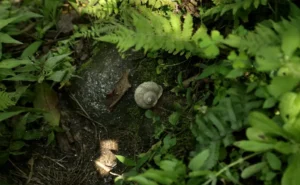
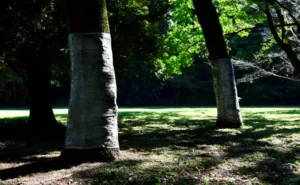
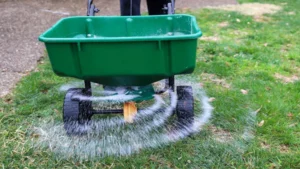

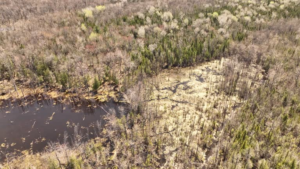
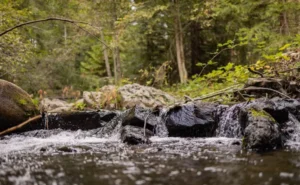
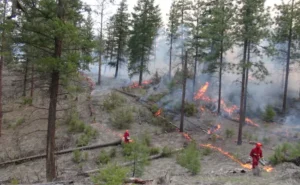


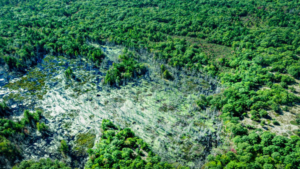
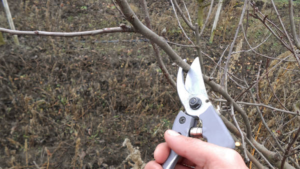

Leave your comment